In wintertime, the days are short and the nights are long and dark in the Nordics. Along with the delicious food and revitalising saunas, one of the biggest draws at this time of year is the aurora borealis.
These Northern lights tours let you chase the colourful lights as they dance across Northern Europe's dark winter skies.
To help you make the most of the experience, we’ve compiled these tips on how you can see the northern lights. So if this natural phenomenon is on your wish list, read on to learn about where to go, when to travel and what to pack.
Quick intro to the northern lights
Also called the aurora borealis, the northern lights look magical. In fact, they're caused by solar storms and giant flares from the sun, which send blasts of charged particles towards our planet.
When these particles enter Earth's atmosphere, the glowing colours we know as the northern lights are the result. These displays can take on different shapes, movements, colours and brightness. And, as you may know the most common colour is green, followed by red and violet hues.
All of these factors depend on the solar activity. Because of that, it requires a lot of luck to glimpse the aurora in the night sky. As you’ll read below, you’ll need to be in the right place, at the right time with good meteorological conditions. And you’ll need patience!
Always remember that the northern lights are a natural spectacle and sightings cannot be guaranteed.
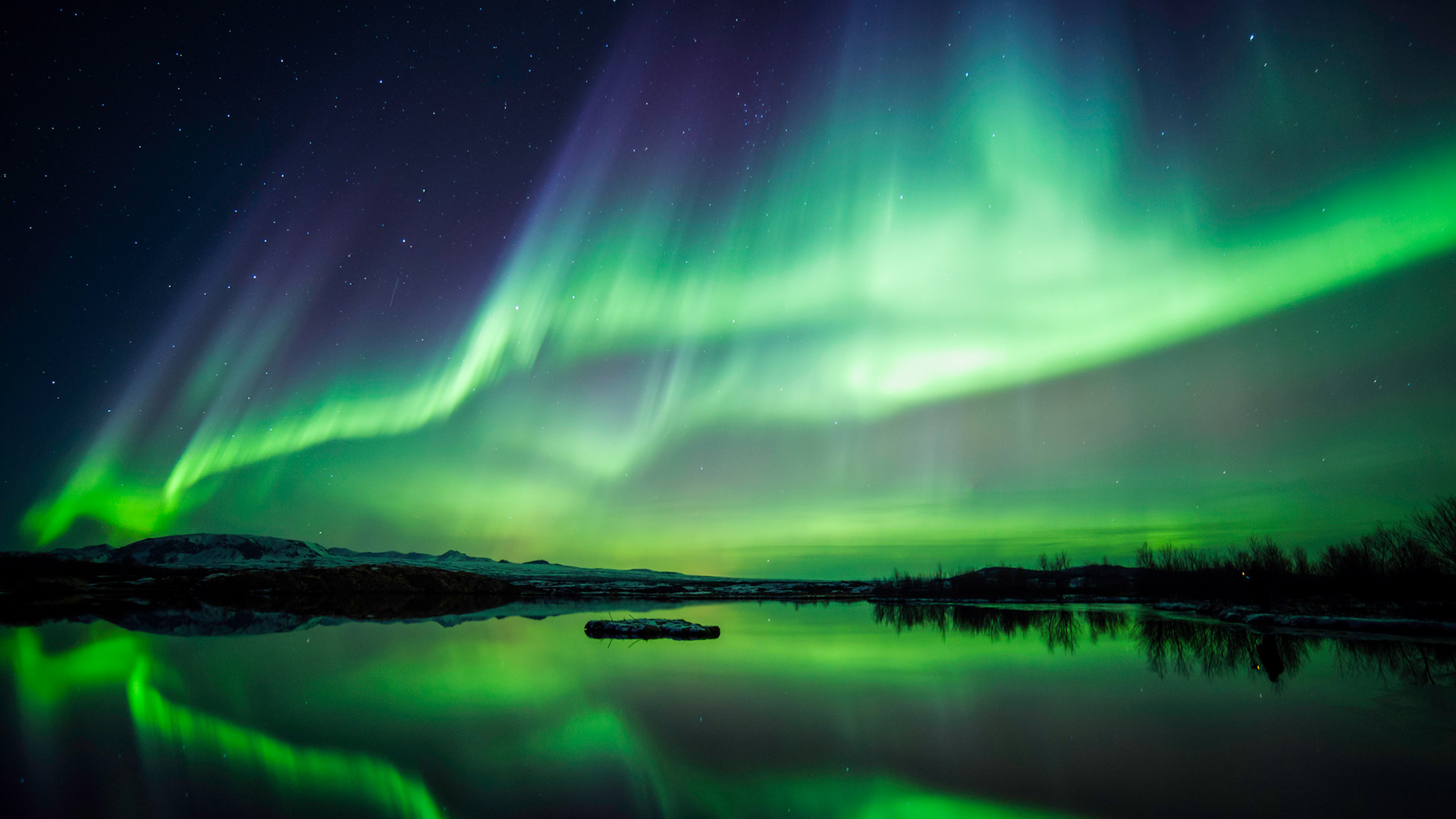
Here are our top northern lights viewing tips:
1. Visit in winter
One of the best northern lights tips you’ll get is to visit during wintertime. The northern lights are visible during the northern hemisphere's winter, which is between October and March.
During these months, Northern Europe experiences dark nights. Compared to summer, when the days are long, at this time of year the sun sets early. This gives you plenty of hours of darkness to chase the aurora borealis.
The northernmost regions of Norway, Sweden, Finland and Iceland experience polar nights around the winter solstice (late December). At this time of year, the sun doesn't rise at all.
2. Head north
The best way to see the northern lights is to head north.
Most of the molecular activity that causes the northern lights happens near the Earth’s magnetic poles. For that reason, the Arctic region is an ideal location for hunting the aurora.
In fact, some of the best light shows happen near or above the Arctic Circle. Between 65 and 72 degrees latitude, you'll find a region called the “northern lights belt” or “aurora zone”. It’s all in the name!
Read on to discover the destinations that'll give you the best viewing opportunities in Europe.
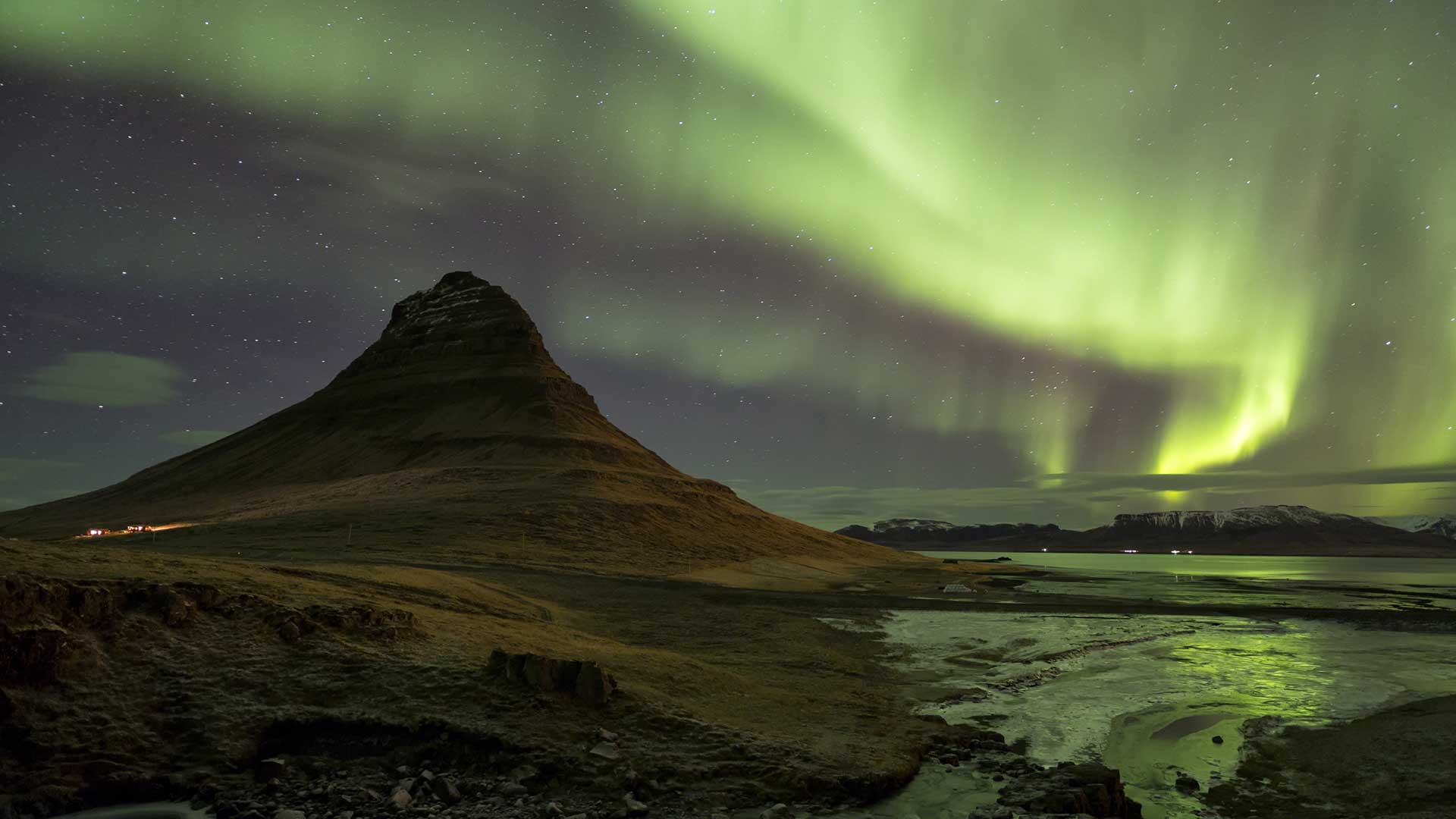
Iceland
Iceland is a famous location for northern lights. During the winter, you could take dedicated tours to go hunting for them. Or you could take the wheel and travel around the country visiting the highlights and looking out for the lights.
We recommend basing yourself in Akureyri as it is the capital of the north. Located almost within the Arctic Circle, the region has slightly longer hours of darkness. This means a wider window of opportunity to see auroras.
North Iceland benefits from smaller populations and therefore less light pollution. While you’re visiting, make it a trip to remember with whale watching in Húsavík and dipping into hot springs in the Lake Mývatn area.
If you’re only in Iceland for a short visit, you may still get your chance. The northern lights can often be viewed from Reykjavík itself. Or you could book an excursion out of town on one of your free nights.
- For a fantastic winter trip, look up these specific northern lights tour in Iceland
Northern Norway
Norway is generally a wonderful country to visit in the wintertime. From the enchanting Christmas markets to the sparkling fjords, it is spectacular. The south may be your first port of call, but you should head to Northern Norway.
This region falls straight in the middle of the northern lights belt. Towns like Kirkenes, Tromsø and the Lofoten archipelago are ideal locations for aurora viewings.
Combine your travel dreams with your night gazing. See the stunning natural landscapes, learn about the Sami people, and go on fun Nordic adventures.
You could book a short getaway to the north or a longer trip to visit more of the country. See the capital Oslo, the “Gateway to the Fjords” Bergen, and the ancient capital of Norway, the historic Trondheim.
Combine all of these locations with a cruise along the west coast. You could head north and cross into the Arctic Circle from there and see the North Cape. Admire the northern lights dancing above you from the deck of the ship.
- Book a wintry adventure with one of these northern lights tours in Northern Norway
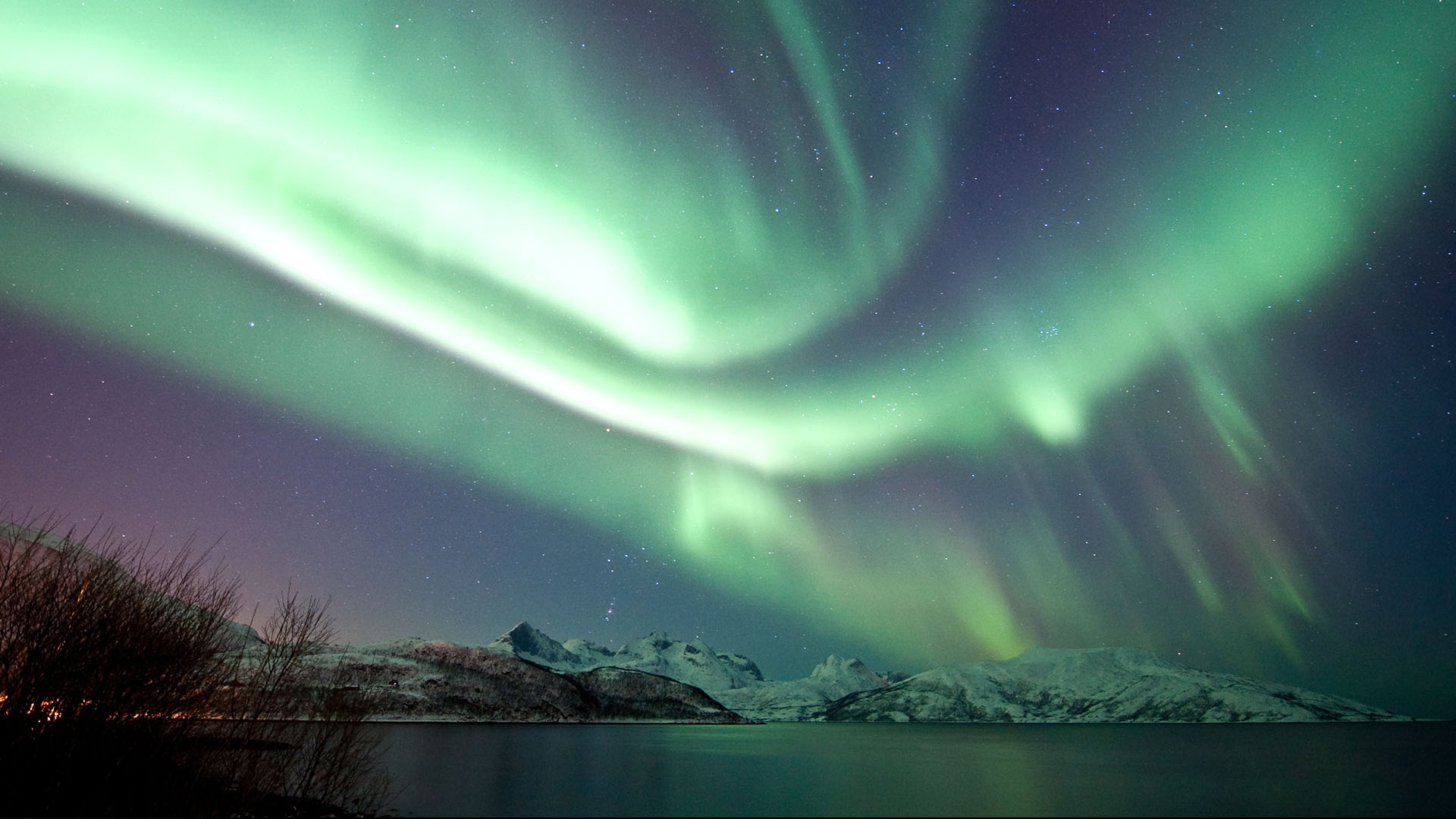
Swedish Lapland
For a charming winter experience, consider heading to Swedish Lapland. While the south of Sweden is buzzing in the summer, the north is the place to be in winter.
Base yourself in the town of Kiruna, which is located in the very north near the Norwegian border. From there you could trips to fun locations such as the spectacular Ice Hotel. This was the first of its kind in the world and you could stay the night in one of its ice rooms if you fancy.
An hour away, you'll also find the Abisko National Park. This park is famous because of its Aurora Sky Station. Take the chairlift up the mountainside for an unspoilt view of the sky above. Guided tours are available to learn about the northern lights and how to see them.
This region is perfect for a short winter getaway to immerse yourself in Swedish culture and nature.
- Check out these Lapland winter tours with a northern lights twist for your next holiday
- Related: Best Lapland holidays for a winter getaway
Svalbard
The northern lights are a truly unique experience in Svalbard as they can be seen during the day.
Svalbard is located at 78 degrees north and is steeped in darkness for more or less three months from November to mid-February. This far north the northern lights activity can occur between 6 AM and 6 PM.
Come in February to experience the long nights and short days. See the winter landscape, try to spot the elusive polar bear, and enjoy the darkness for northern lights spotting.
- For a trip like no other, visit this remote archipelago with one of these Svalbard tours
- Related: 7 Top things to do in Svalbard
3. Get out of town
Light pollution is a big problem these days in regard to admiring the sky at night. It is also the case for aurora viewing. Make sure to step away from the big city and town lights to greatly improve your chances of seeing them.
You could head on a guided tour into the wilderness for the evening. This allows you to stay in more populated area to discover the cultural highlights during the day.
Or you could book a stay in the countryside. This way you could glance up from you accommodation straight into the dark sky.
4. Book fun activities
The northern lights will light up a clear sky whether you’re there waiting with your camera or not. So why not make the most of your time in Northern Europe?
Book a snowmobile tour, visit the Ice or Snow Hotel, or head off on a dog sledding excursion. These will allow you to get out of town, experience the wintry landscape of the Nordics, but also keep an eye out for the auroras.
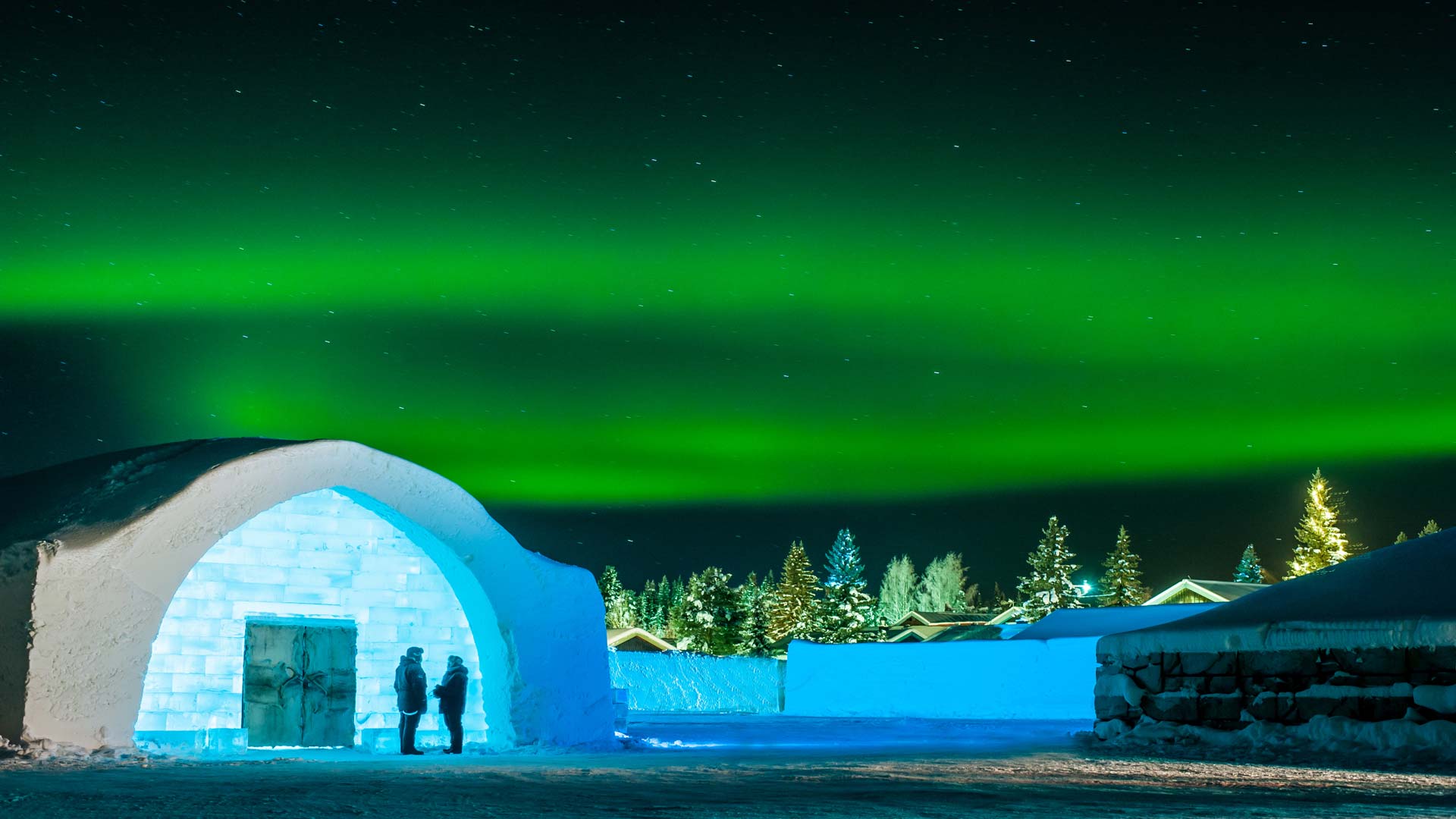
5. Check the forecast
Location means nothing if you don't have the right combination of solar activity and cloudless skies.
Ahead of planning your trip, check for when the best weather may be in winter in the country you want to visit. Pick the driest month as a rainy cloudy sky will not be the best to see the northern lights.
If you’ve booked your tour months ahead, you may not be able to know the daily weather in advance. But while you’re at your destination, check the weather and aurora forecasts. The one we recommend for Iceland is the MET office. You'll easily find one for each country in Northern Europe.
These forecasts can alert you if chances of northern lights are high on the night. That way, you can know to stay out longer or whether to stay warm cuddled up inside.
6. Stay up late
In some parts of Northern Europe, the sun sets early in the winter. This is great as it gives you longer nights to take advantage of the dark skies. However, the northern lights are most likely to appear at the darkest and coldest time of night.
Peak time is between 11 PM and 2AM. Most guided tours will depart after 9 PM to give you the best chances. You may be lucky to see them earlier of course, but the best viewing are often late.
Some hotels even offer a special wake-up service if the lights come out. This way you don’t have to stay up all night on the lookout.
7. Be patient
If you’ve done all of these and you’re still wondering how to see aurora borealis, make sure to give yourself some time.
The lights do not appear on any kind of schedule. You may see them the moment the sun sets, or you may have to wait a few hours.
If you’ve booked a tour, the advantage is that most of them involve some kind of activity or refreshments to keep guests entertained and warm.
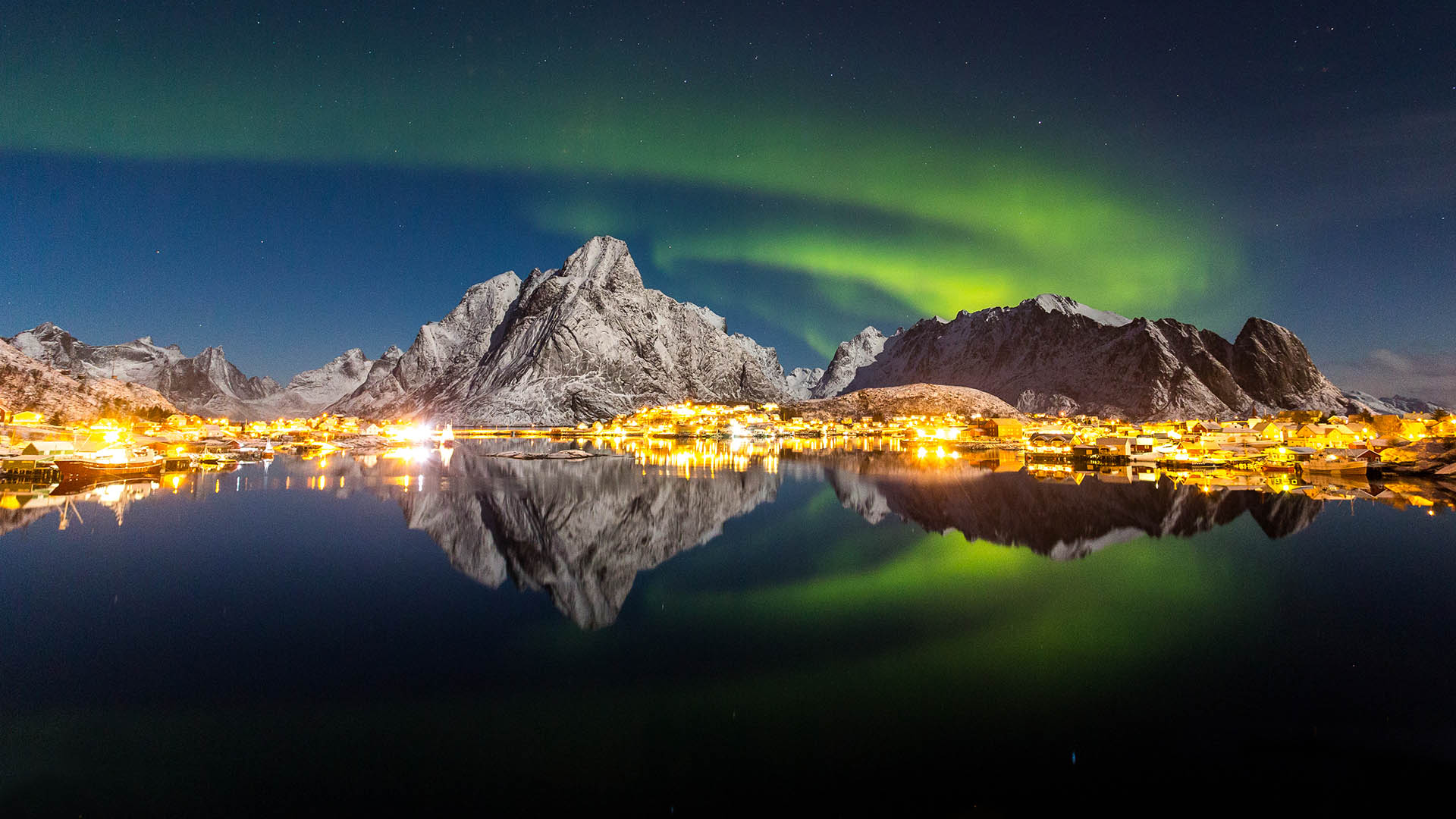
8. Book a guided tour
There are many ways to see the northern lights. You may even be lucky enough to see them from the city centre, or thanks to a wake-up call from your hotel.
If you want to be proactive and go out chasing the northern lights, a dedicated guided tour has many advantages:
- The local guides know all the best spots
- Your guide will take you out of town, away from light pollution
- You’ll get to see some amazing wintry sights you may not have discovered otherwise
- Your guide will likely have some tips for taking photos of the auroras
- Visit one, or more, of the Nordic countries this winter with a northern lights tour
9. Book a winter cruise
Always wanted to see the Norwegian fjords? Want to visit the towns and cities while also enjoying the wintry landscapes? Book a winter cruise to combine all of these wish list-worthy items with chasing the northern lights.
Sailing around Northern Norway is a popular way to experience the country in wintertime for this reason. You'll take to the sea, leaving the city lights behind for a better chance to spot the aurora against the backdrop of Norway's rugged coastline.
10. Dress for the weather
Heading to Northern Europe in winter may not be as cold as you expect. If you’re travelling from the southern hemisphere though, you’ll want to prepare yourself for the switch from summer to winter weather.
On the other hand, if you’re coming from North America or Asia, you may be better prepared. Depending on where you’re from, as you may already be dressed for the occasion with winter jackets and warm boots.
Northern Europe's winter weather can vary depending on the location and month. Generally, the closer to the North Pole, the colder it is.
Svalbard’s average winter temperature is around -15 °C (5 °F). Meanwhile, if you’re visiting mainland Northern Norway or even Akureyri in North Iceland, the temperature is likely to hover about freezing.
No matter where you'd heading, it'll be colder at night when you're out waiting for the aurora. And if you'll be cruising, it's worth bearing in mind that the wind chill on deck will make it feel colder than it is. So make sure to wrap up warm wherever you are!
Here is an essential packing list:
- Insulated jacket and trousers (windproof and waterproof)
- Thermal underlayers (wool tends to offer the most warmth)
- Cosy hat, gloves and scarf
- Heat packs
Your Nordic Visitor travel consultant will provide you with a more detailed list of what to depending on where you're heading.
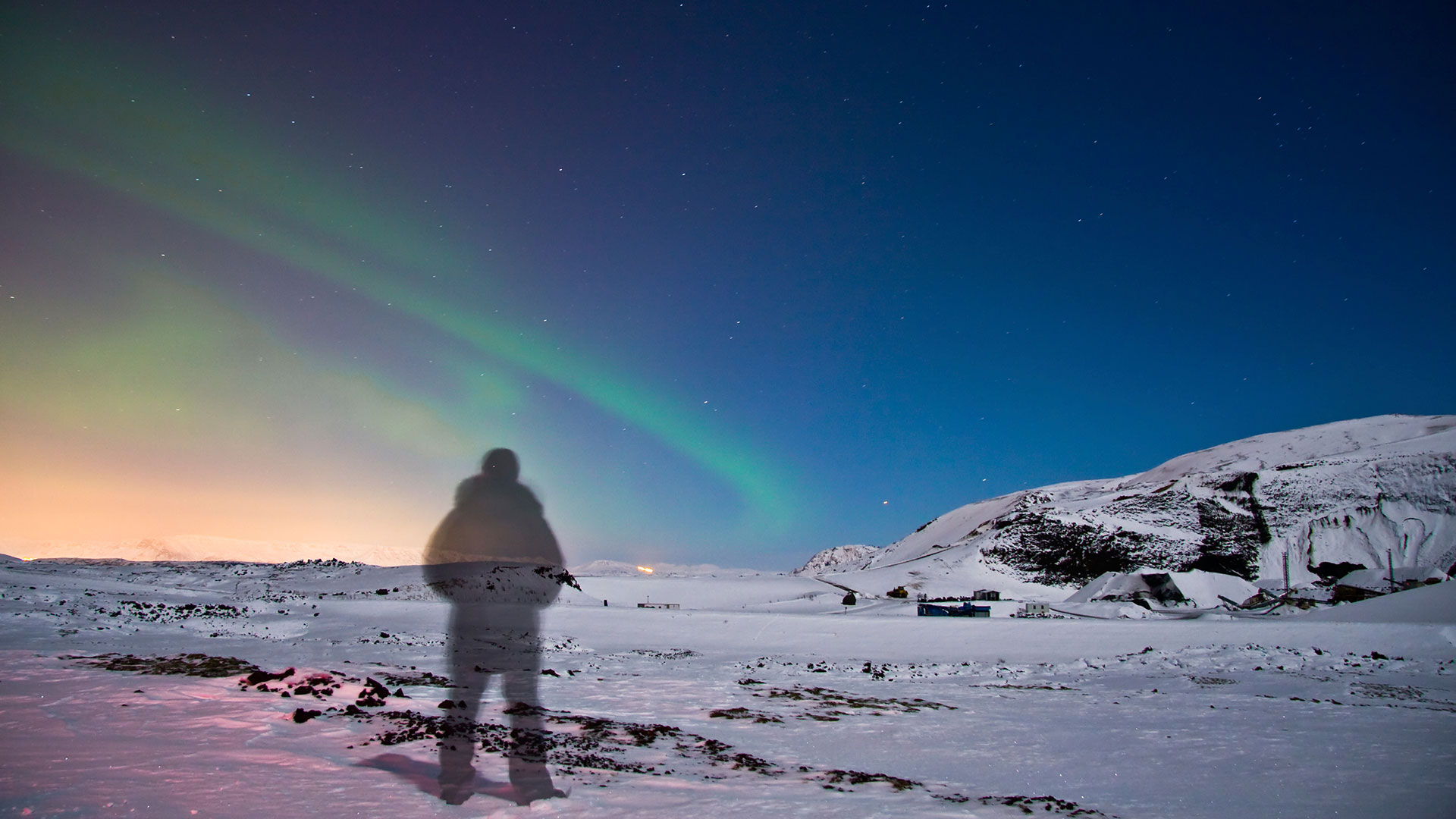
11. Bring your camera
You'll surely want to capture the moment if you're lucky enough to see the northern lights. Just remember your camera so you can share the experience with your friends back home. The aurora are famously tricky to catch on camera, but you can do it!
This is the equipment you’ll need to photograph the northern lights:
- Camera: For the best results use an SLR camera and a wide angle lens, which is ideal for landscape photography.
- Tripod: For a steady long exposure shot, a tripod is invaluable.
- Shutter release: For an even steadier shot, don’t touch the camera and instead use a remote shutter release.
- Spare batteries: In cold weather batteries run out much faster than normal. Make sure to have extras on-hand so you don’t run out before the lights appear.
- Headlamp or flashlight: It’s likely your location will be very dark, so this will help you to see what you're doing as you set up the shot.
Top tips for photographing the northern lights:
- Turn off the image stabilisation, if your lens has this.
- Increase your ISO to at least 400 or 800 (or higher).
- Your shutter speed should be set up for a long exposure of 15 to 30 seconds. The longer the exposure, the more lights you’ll capture.
- Turn your aperture (f-stop) as low as possible. Most cameras can go down to about 3.5. This lets more light into the lens.
But above all, make sure you look up yourself and enjoy the moment!
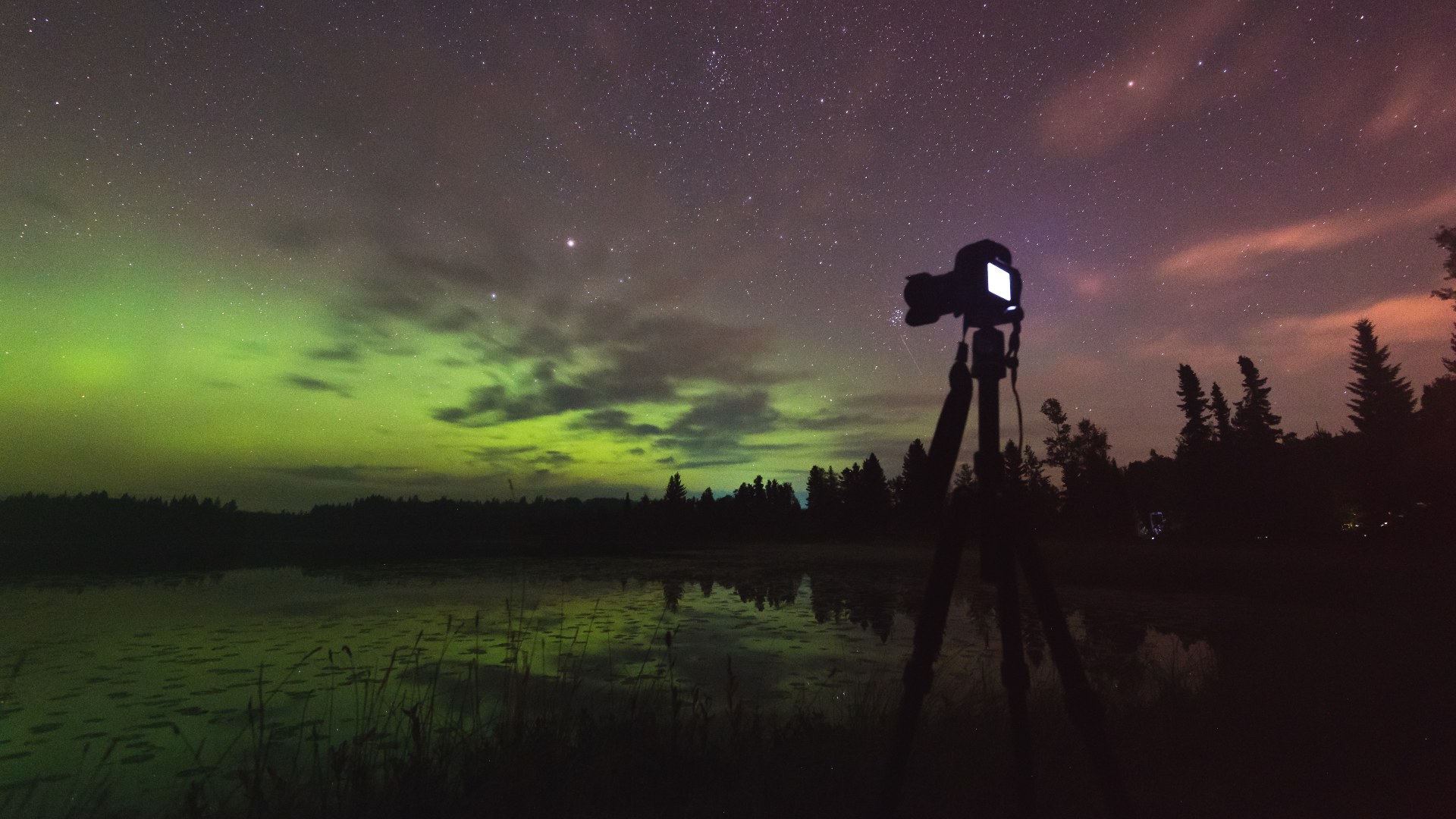
With plenty of destinations to choose from, Europe is ideal if you want to check the northern lights off your wish list. Just pick the country that suits you best.
Go to Iceland for epic volcanoes and glaciers, Norway for iconic fjord scenery, Lapland for festive fun and activities in the snow, and Svalbard for an off-the-beaten-path escape.
When you’re ready to start planning, get in touch and one of our travel consultants will assist you. Our travel packages aren’t set in stone. If you have your eye on a set itinerary but northern lights tours aren’t included, just ask. You're the master of your dream trip!
